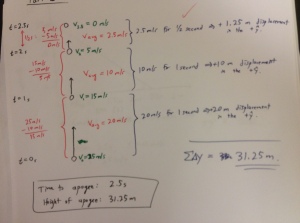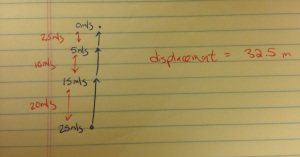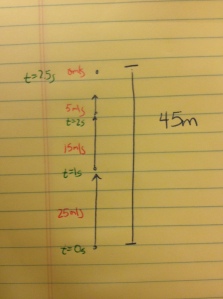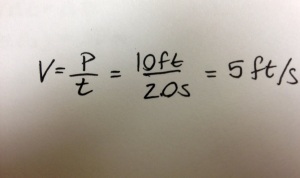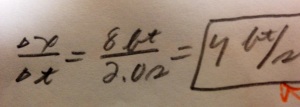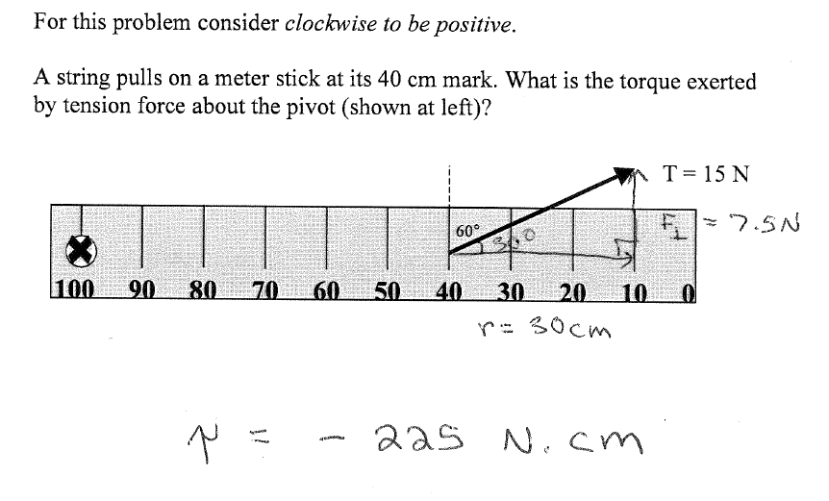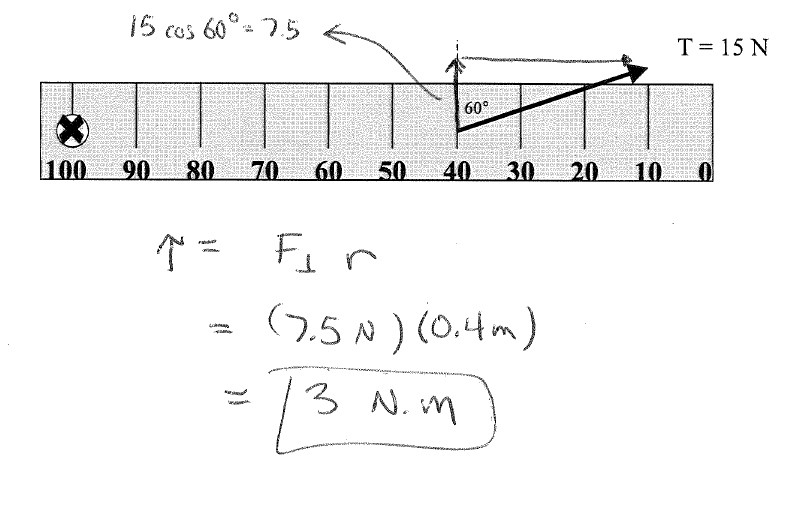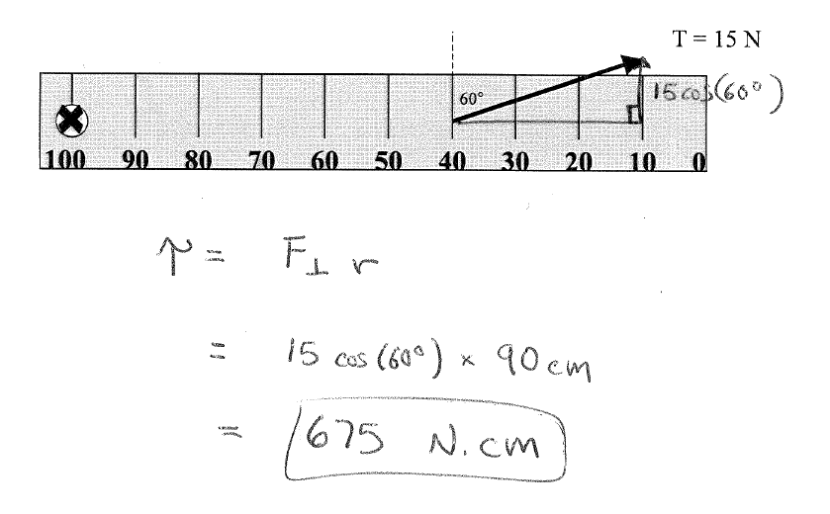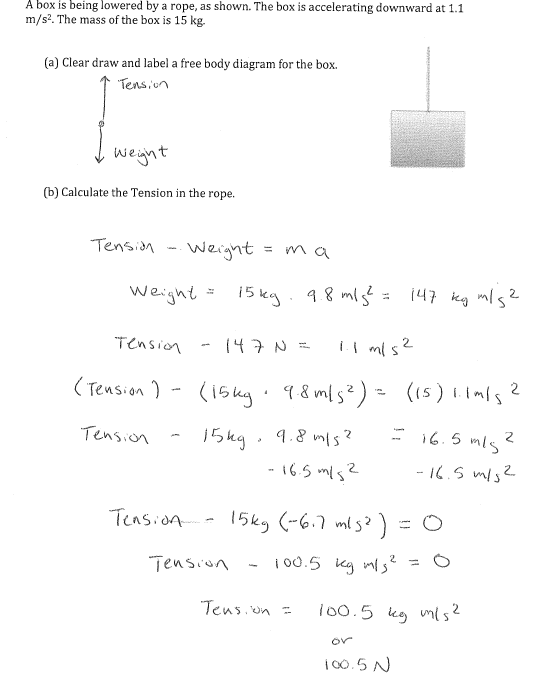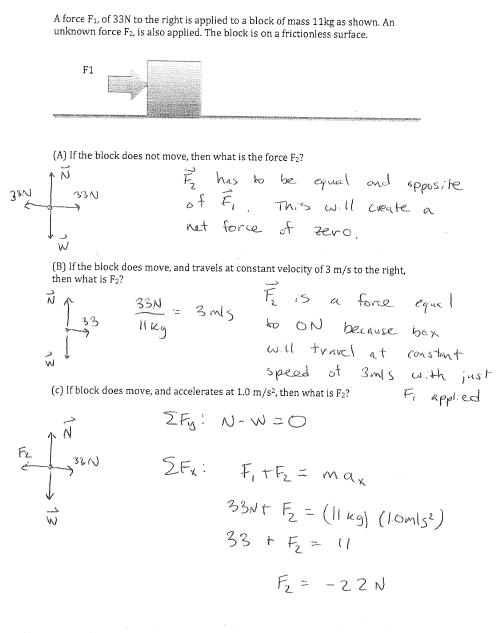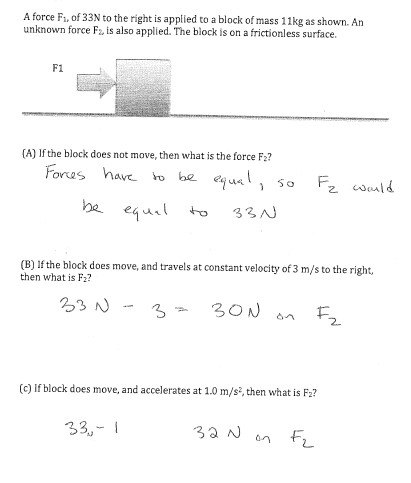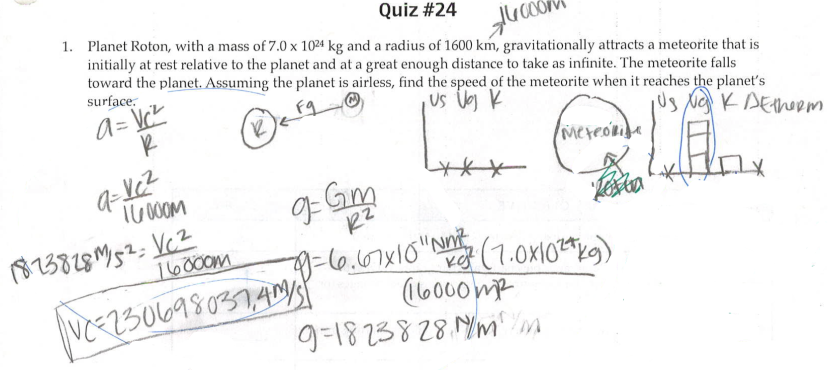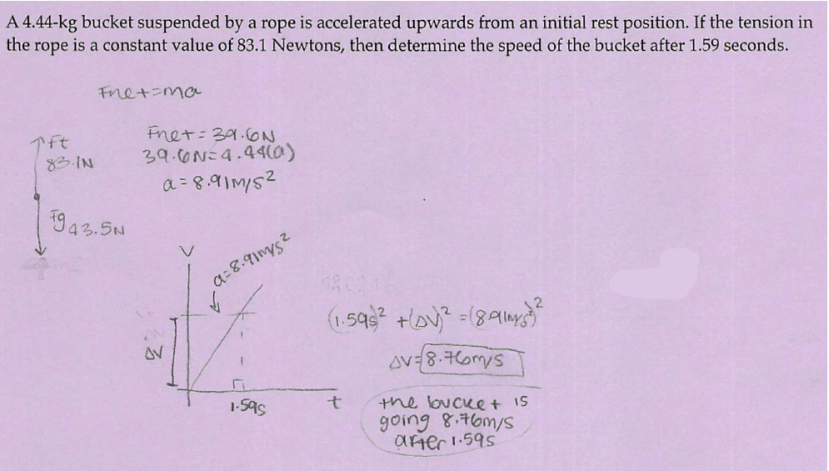Maximum Height Problem
Students were given the following problem:
A dense stone is tossed vertically into the air with an initial speed of 25 m/s. Represent how ball’s motion changes in a “step-by-step” diagram. By elaborating and specifying aspects of your diagram, determine the maximum height.
Students had some brief direct instruction on what it means to do make “step-by-step” diagram and then to elaborate the diagram to solve a problem. The work below represent the first time students are practicing the approach, so keep that in mind. I’ve included a good example from a student of what this method might look like when done well, followed by two others that aren’t quite able to work it out.
Good Example
Student Approach #1
Student Approach #2
#1 How do you think students #1 and Students #2 were thinking about the problem and/or the their approach to the method they were asked to practice? In what way does their work “make sense” to them?
#2 What questions would you like to ask student #1 and student #2 to probe into their thinking?
#3 What questions would you like to ask student #1 and student #2 to*nudge* their thinking along?
